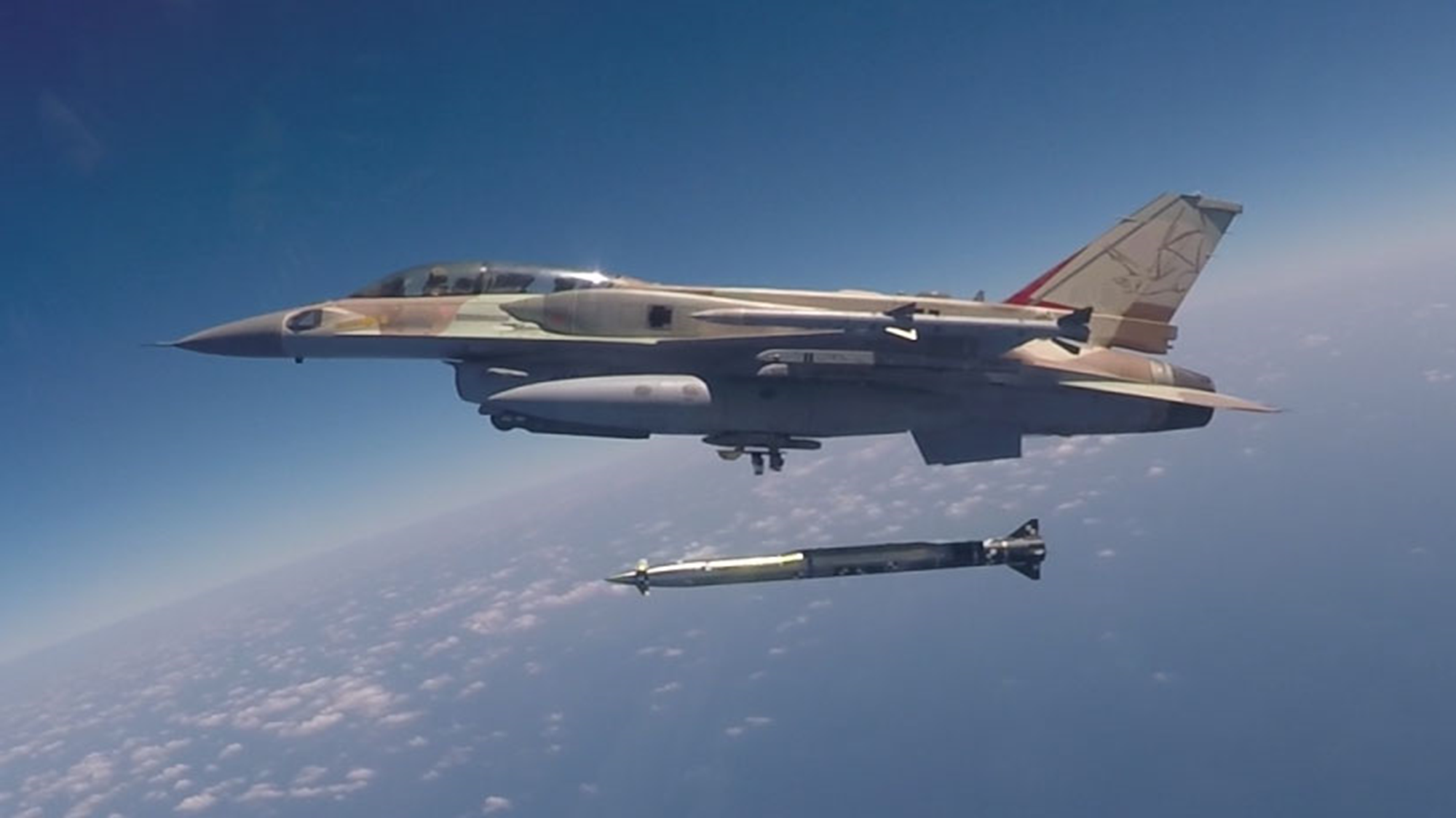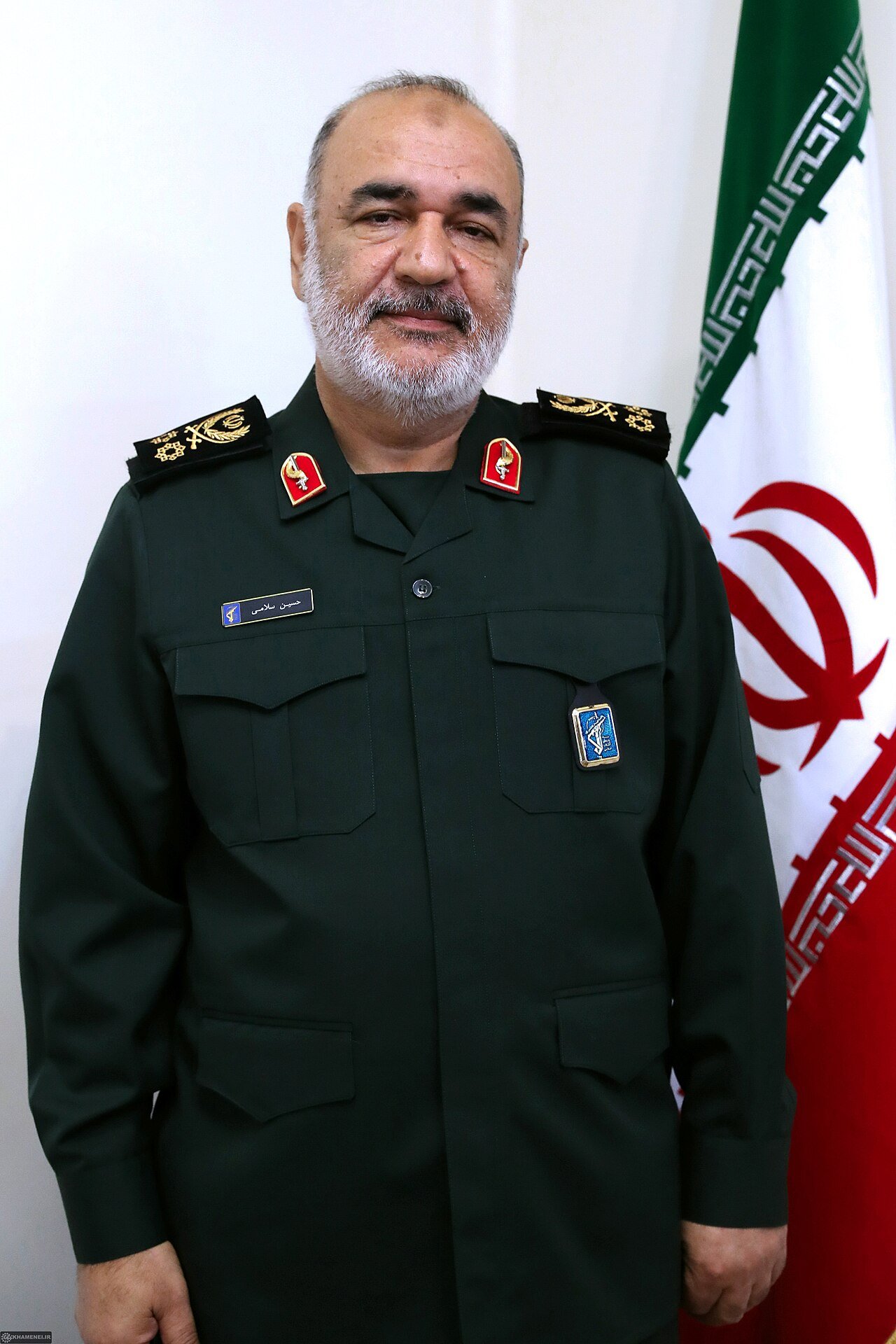(VIDEO) Operation Rising Lion: Israel Bombs Tehran as Iran Begins Ballistic Missile Retaliation
The strikes, reportedly conducted using stand-off munitions launched from outside Iranian airspace, signal a bold shift in Israel’s long-standing doctrine of preemptive deterrence, with Tel Aviv determined to deny Iran the capability to reach nuclear breakout.
(DEFENCE SECURITY ASIA) – In an unprecedented escalation that risks igniting a full-scale regional war, Israeli fighter jets launched “Operation Rising Lion,” striking deep into Iranian territory — including the capital Tehran — targeting strategic nuclear and military assets mere hours after the International Atomic Energy Agency (IAEA) declared Iran in breach of nuclear non-proliferation obligations for the first time in nearly two decades.
The strikes, reportedly conducted using stand-off munitions launched from outside Iranian airspace, signal a bold shift in Israel’s long-standing doctrine of preemptive deterrence, with Tel Aviv determined to deny Iran the capability to reach nuclear breakout.
Iranian officials swiftly declared a nationwide state of emergency, as reports from Tehran confirmed the launch of multiple ballistic missiles toward Israel from hardened silos in Iran’s western provinces — a move that risks escalating the confrontation into a regional missile exchange.
An Israeli military spokesperson confirmed that Israeli air defence systems had detected the launch of several ballistic missiles inbound from Iranian territory, triggering heightened alerts across Israeli skies.
Earlier, a senior Israeli military official, speaking to Reuters on condition of anonymity, disclosed that dozens of nuclear and military sites were struck during the operation, which began early Friday.
The official justified the preemptive assault by citing intelligence indicating that Iran now possesses sufficient fissile material enriched to 60% — a step below weapons-grade — to build up to 15 nuclear bombs within days.
Iran’s state-affiliated Nour News reported that multiple loud explosions were heard in and around Tehran, underscoring the reach and precision of the Israeli aerial campaign.
The Iranian Air Defence Command immediately placed its entire air defence network on high alert, while all civilian flights out of Imam Khomeini International Airport were suspended, reflecting fears of further incoming strikes or retaliatory attacks.
Tehran also closed its national airspace, a defensive posture indicating preparations for potential sustained ballistic missile launches aimed at Israeli targets.
According to local reports and regional observers, most Israeli air-launched weapons were fired from aircraft operating within Iraqi airspace, leveraging long-range air-to-ground stand-off missiles such as the Delilah or Rampage, avoiding direct exposure to Iran’s layered integrated air defence systems.
Eyewitnesses in Iraq confirmed overflights by fighter jets, possibly F-35I Adirs or F-15I Ra’ams, along with visible projectile trails believed to be outbound munitions fired toward Iranian territory.
In response, the Iraqi government announced the closure of its airspace, citing national security risks and to avoid entanglement in the expanding conflict.
Iranian state television described its air defences as operating at “100 percent readiness,” while unverified local reports claimed that civilian and government infrastructure in Tehran — including a residential complex housing senior IRGC officers and nuclear scientists — had been targeted by Israeli munitions.

One of the compounds reportedly housed senior personnel from the Islamic Revolutionary Guard Corps (IRGC), as well as nuclear engineers allegedly linked to Iran’s atomic weapons development program.
Unconfirmed reports from Israeli media outlets suggest that General Mohammad Bagheri, the Chief of Staff of Iran’s Armed Forces, may have been killed in the strikes.
Reuters, citing Western security sources, reported that Bagheri was likely targeted and killed during the precision airstrike, adding weight to Israel’s objective of decapitating Iran’s strategic command structure.
Additional Israeli reports indicated that IRGC Commander Hossein Salami and IRGC Aerospace Force Chief Amir Ali Hajizadeh were also on the Israeli target list, with Iranian local TV station confirming Salami death.
Multiple strikes reportedly hit strategic zones across Tehran, including Narmak, Shahid Mahallati, Shahid Chamran, and Chitgar, areas long believed to host sensitive defence and nuclear-linked facilities.
In a televised address, Israeli Prime Minister Benjamin Netanyahu confirmed the operation and declared that it would continue “as long as necessary.”

“We struck at the heart of Iran’s nuclear enrichment program and nuclear weaponization efforts.”
“We targeted Iran’s main enrichment facility in Natanz.”
“We also targeted leading Iranian nuclear scientists working on the bomb, as well as the core of Iran’s ballistic missile program.”
In parallel with the air campaign, Mossad, Israel’s shadowy intelligence service, reportedly activated sleeper cells and anti-regime militias inside Iran to carry out covert sabotage operations against key military and nuclear facilities.
This hybrid warfare approach — blending kinetic airstrikes with intelligence-driven ground operations — reflects Israel’s evolving strategy for disarming Iran’s nuclear ambitions without full-scale war.
Reports suggest that additional Israeli strikes were conducted in Khorramabad and Hamedan, both believed to host underground nuclear development sites, in addition to attacks on strategic Iranian radar installations, likely to blind Iran’s airspace surveillance and missile guidance network.
The trigger for this chain of events was yesterday’s historic IAEA Board of Governors resolution — passed by 19 out of 35 members — formally declaring Iran in breach of the Nuclear Non-Proliferation Treaty (NPT), and paving the way for possible referral to the United Nations Security Council.

The resolution was tabled by the United States, United Kingdom, France, and Germany, with 11 abstentions and three nations — Russia, China, and Burkina Faso — voting against.
The IAEA decision followed years of growing mistrust, which began to unravel in 2018 when former U.S. President Donald Trump unilaterally withdrew from the Joint Comprehensive Plan of Action (JCPOA), branding it insufficient to halt Iran’s nuclear breakout potential.
Since then, Iran has repeatedly breached the deal’s uranium enrichment and transparency clauses, citing Washington’s betrayal and resumption of crippling economic sanctions as justification.
Iran’s reaction to the IAEA resolution was swift and combative, denouncing it as a “politically motivated” attack and announcing its intention to construct a new uranium enrichment facility, potentially immune to current IAEA inspections.
The latest IAEA report concluded that Iran has enriched uranium up to 60% purity, nearing weapons-grade, with stockpiles now large enough to build nine nuclear bombs — a capability that radically shifts the regional balance of power.
Despite these findings, Tehran continues to insist that its nuclear program is “entirely peaceful”, denying any ambition to pursue nuclear weapons.




How did Iran respond to the Israeli airstrikes, and what are the risks of escalation that might result from these attacks?